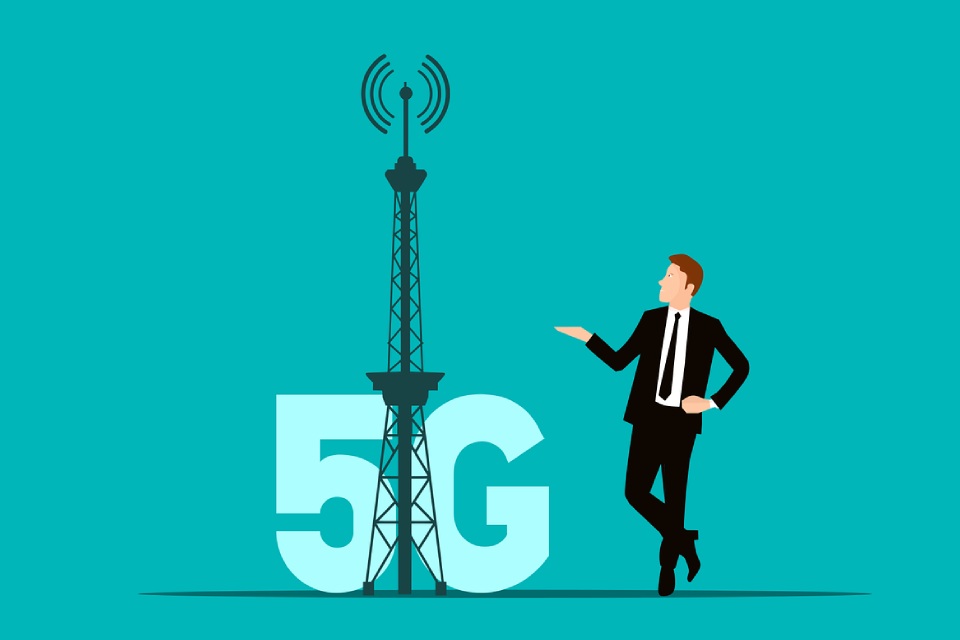

Ookla measured the impact of 5G on smartphone battery consumption: the difference compared to 4G is related to the SoC model used
Using 5G consumes more battery on your smartphone. This aspect is well known to those who use a device capable of accessing the new generation mobile network. However, the impact on battery consumption associated with using 5G differs.
One factor significantly influences the energy consumption resulting from a 5G connection. It is about the efficiency of the SoC used by the smartphone and its integrated 5G modem. The latest generation chips are more efficient; therefore, the consumption recorded under the 5G network is only slightly higher than that of the 4G network. The confirmation comes from an Ookla investigation.
Ookla’s study looked at data from users of the Speedtest Intelligence program. In particular, Android smartphones equipped with some of the main chips on the market were considered (Snapdragon 8 Gen 1 and Gen 2, MediaTek Dimensity 9000 and 9200, Google Tensor and Tensor G2, and Samsung Exynos 2100 and 2200).
The survey analyzed the battery consumption of users’ smartphones by dividing the test participants into two groups: those who used the 5G network and those who, on the other hand only used 4G LTE. To determine the survey results, only the devices that reached 100% charge in the morning (between 6 and 12) were considered, thus starting the “test” day with the maximum possible autonomy.
The analysis of the collected data confirmed that using 5G results in higher battery consumption, between 6 and 11 percentage points, compared to using 4G alone. The actual difference in consumption is strongly influenced by the model of SoC used by the smartphone. Some chips have proven to be more efficient than others, reducing the impact of 5G on battery consumption.
The Qualcomm Snapdragon 8 Gen 2 SoC is also very efficient in using the 5G network. The data collected confirms that smartphones with Snapdragon 8 Gen 2 have registered a battery consumption of 25% using only 4G and 31% using 5G, with a difference of 6 points.
On the other hand, the MediaTek Dimensity 9200 is less efficient, which scores a consumption of 27% with 4G and 35% with 5G, with a difference of 8 points. Both chips do better than their predecessors. The Snapdragon 8 Gen 1 records 32% and 41% consumption, with a difference between 4G and 5G of 9 points. For Dimension 9000, on the other hand, consumption is 35% and 45%, with a difference of 10 points.
Similar results for Google Tensors. The G2 records consumption of 28% with 4G and 38% with 5G, with a difference of 10 points. For the first generation of Tensor, however, consumption is 29% with 4G and 40% with 5G. The difference, in this case, rises to 11 points.
As for Samsung’s Exynos, however, the 2200 records consumption of 31% with 4G and 38% with 5G, with a difference of 7 percentage points. By 2100, on the other hand, consumption will be 34% and 42%, respectively. The difference, therefore, is 8 points.
All the new generation chips (Snapdragon 8 Gen 2, Dimensity 9200, Tensor G2, and Exynos 2200) are more efficient in using 5G than previous models. This figure confirms how the impact of 5G on battery consumption can be reduced by intervening in the energy efficiency of the SoC components that manage the connection to the data network.
Also Read: Why You Need To Choose At Least Wifi 6 And A Modem With Mesh Standard
Description Learn how to block a YouTube channel to avoid unwanted content. Follow our easy…
How to Send Photos As Documents In WhatsApp On iPhone Without Losing Quality Learn how…
Key Takeaways Understand current innovations reshaping payroll processes. Learn how automation improves payroll accuracy and…
Convert URL To MP3: Your Comprehensive Guide To Easy Online Conversions Description: Discover how to…
Spending a lot of time on the internet, I am always looking for tools that…
Due to the abundance of options available in the field of cloud storage, it may…